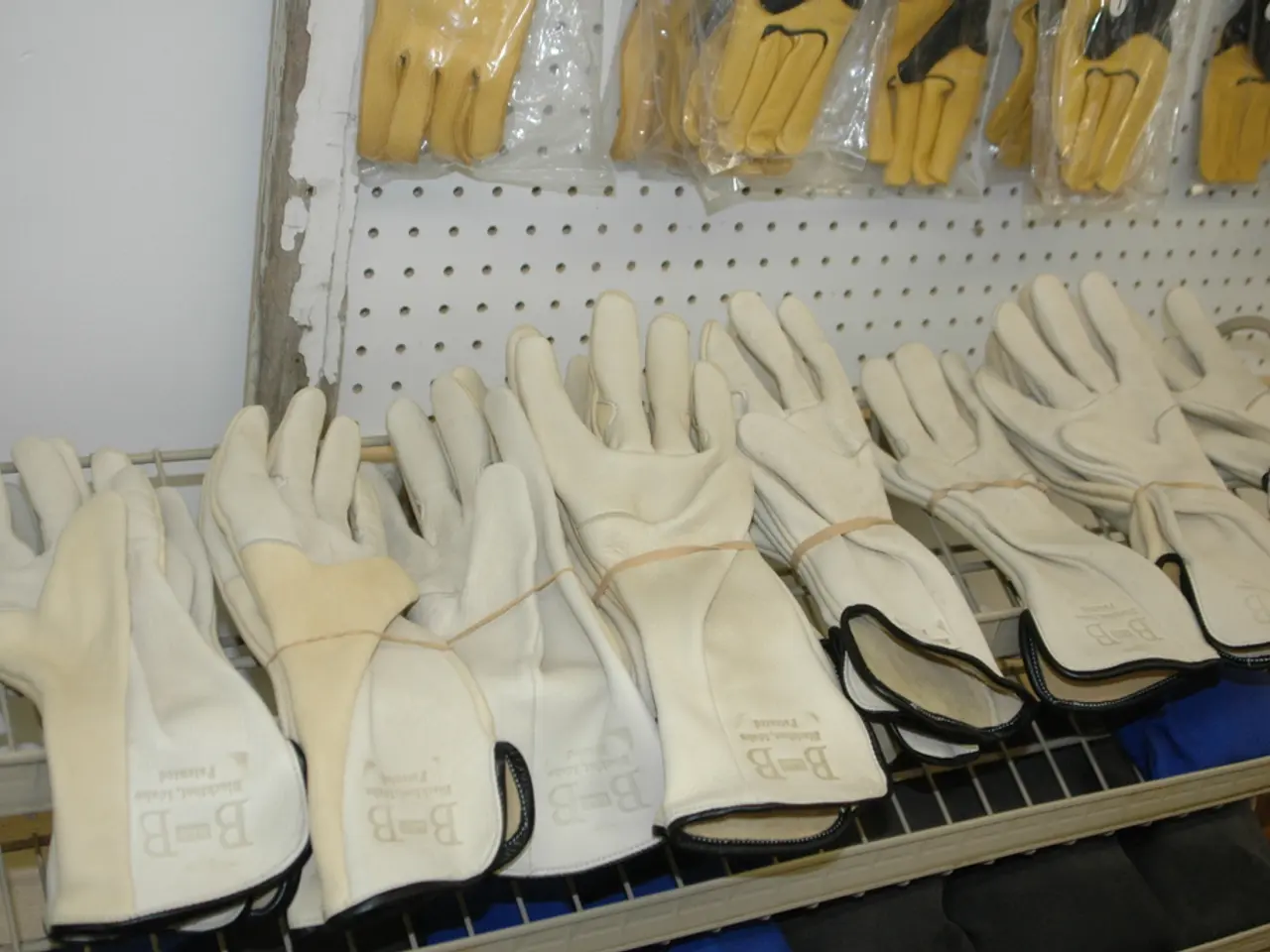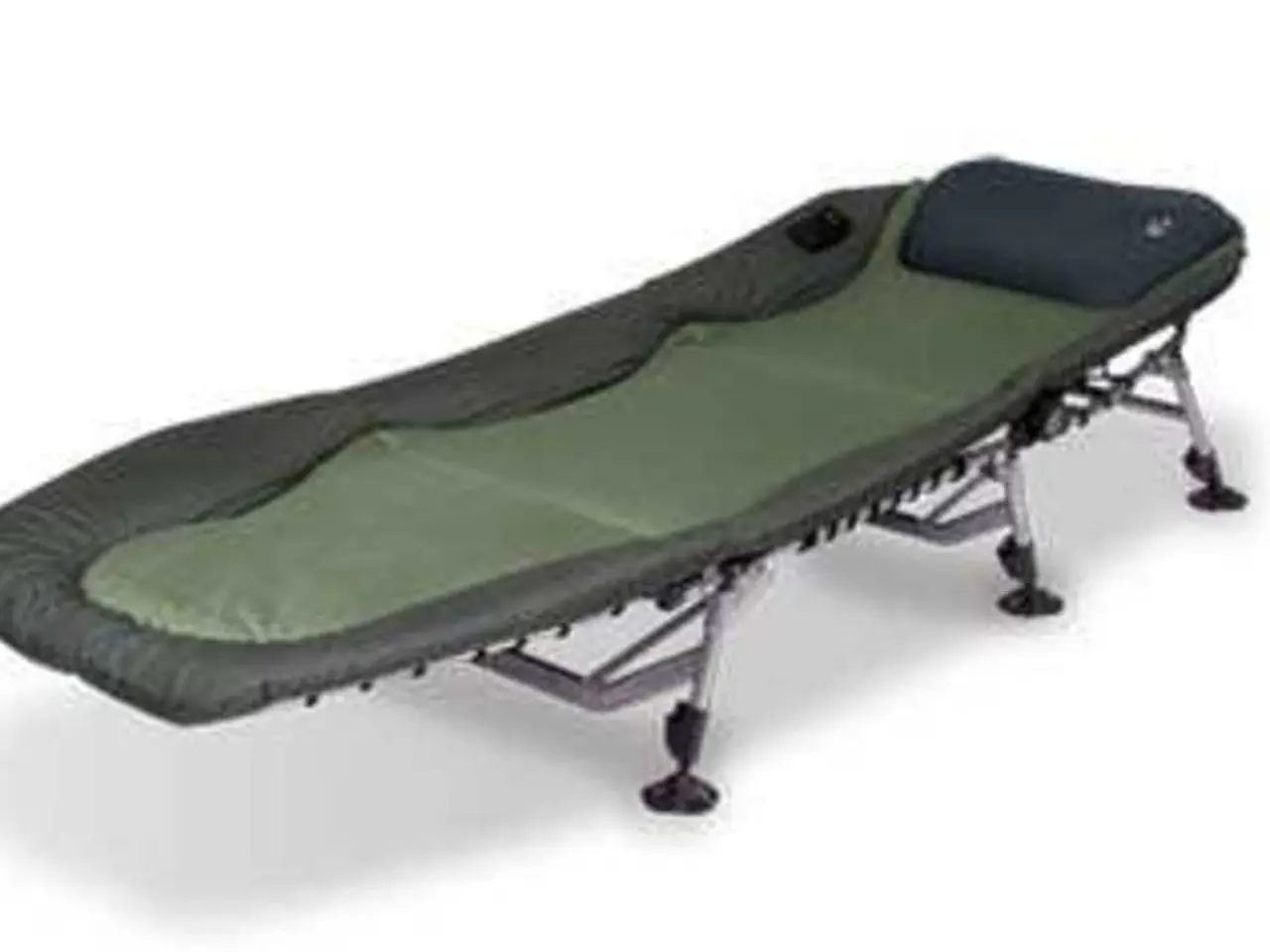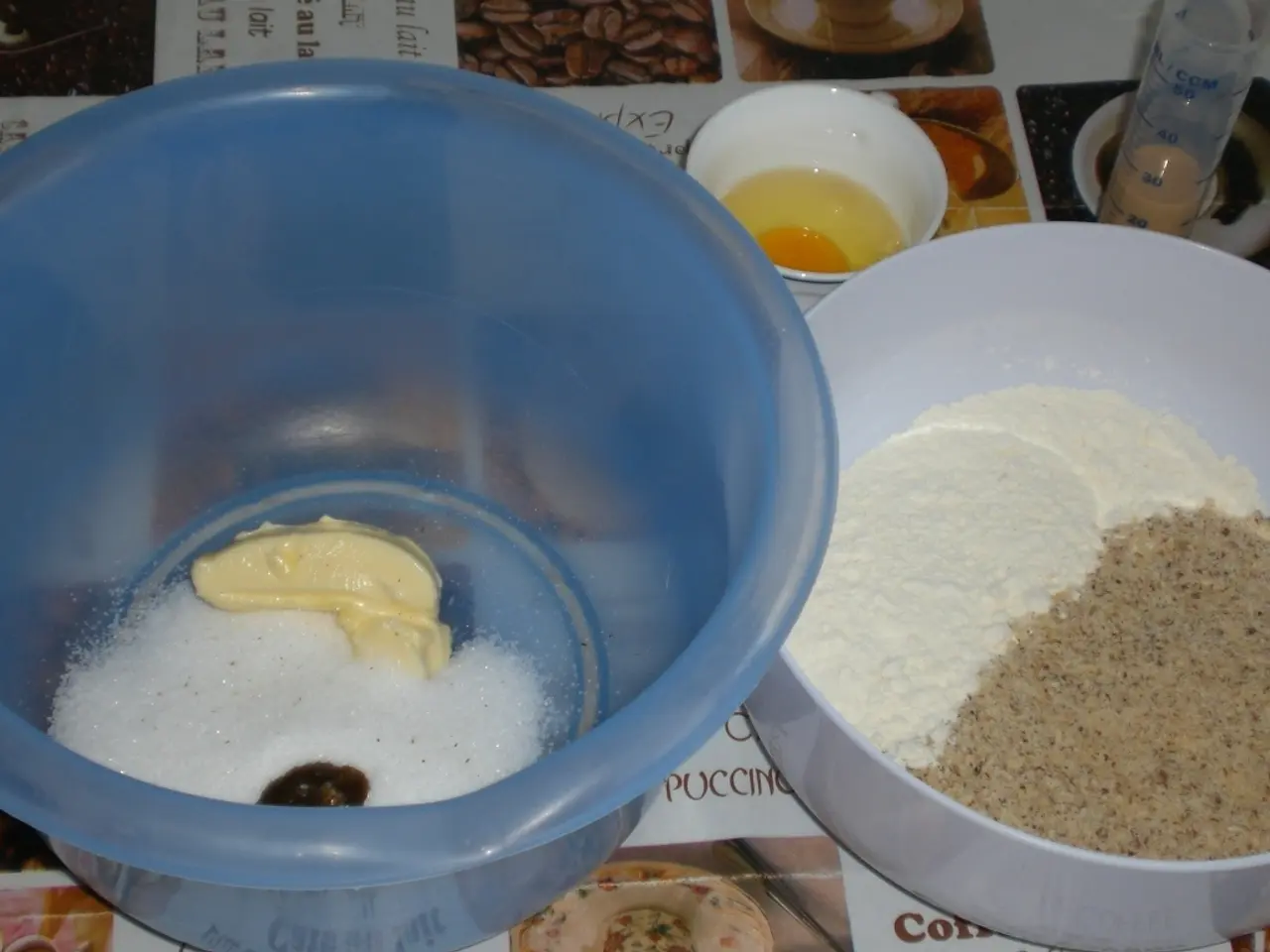Forearm Itchiness: Understanding Causes and Remedies
**Article Title: Understanding and Managing Brachioradial Pruritus and Associated Skin Conditions**
Brachioradial Pruritus (BRP) is a chronic condition that affects the forearms and, in some cases, other areas such as the face. Characterized by intense itching or burning sensations, BRP can significantly impact a person's quality of life [3][4].
### Causes of Brachioradial Pruritus
Research suggests that the main causes of BRP are cervical nerve root impingement or compression, which involves irritation or pinching of nerves in the cervical spine (upper neck), and ultraviolet (UV) light exposure [1][4][5]. The nerve irritation or damage leads to neuropathic itch sensations along the nerve distribution in the forearms.
### Treatment for Brachioradial Pruritus
Treatment for BRP focuses on addressing the underlying nerve irritation and relieving symptoms. This may involve chiropractic or physical therapy interventions to improve spinal alignment and reduce nerve compression [5]. Neuropathic pain medications, such as gabapentin or pregabalin, are commonly used for nerve-related itch and pain.
To reduce symptom flare-ups related to sunlight, wearing sun protection or covering affected areas is recommended. Topical treatments, such as cooling agents like menthol or capsaicin creams, can help reduce itch sensations by desensitizing nerve endings. Other supportive measures, like moisturizers and general skin care, can aid if dry skin contributes, although BRP is primarily neuropathic [2].
### Other Skin Conditions and Their Treatments
Eczema, also known as atopic dermatitis, is a common condition that causes red, itchy skin. Treatment for eczema can involve a combination of gentle soaps, limited shower and bath duration, cool or warm water bathing, gentle patting dry after bathing, moisturizing regularly, topical steroids, light therapy, oral immunosuppressants, dupilumab (Dupixent), and avoiding the allergen in allergic contact dermatitis [6].
Psoriasis is a chronic inflammatory disease that causes an increase in skin cell production, resulting in dry, scaly, and red plaques that can be itchy. Treatment for psoriasis may involve a combination of topical creams, gels, or ointments, light therapy, oral or injectable medications, and biologic drugs [7].
Allergic contact dermatitis can cause an itchy, swollen, red rash and may be due to irritant contact dermatitis or a reaction to an allergen. Treating allergic contact dermatitis involves identifying the allergen and preventing further exposure, topical steroids, and avoiding the allergen [8].
In cases where the cause of itchy forearms is unclear, consulting a doctor is advisable to determine the next steps [9]. If a person experiences swelling of the face or throat, confusion, or difficulty breathing, they should seek emergency medical treatment as they may be experiencing a severe allergic reaction [10].
In conclusion, understanding the causes and treatments for conditions like BRP, eczema, and psoriasis can help individuals manage their symptoms and improve their quality of life. Early diagnosis and treatment provide the best chance for symptom relief in these conditions.
- Some individuals suffering from Brachioradial Pruritus (BRP) might also experience the itchiness associated with skin conditions like eczema and psoriasis.
- If a person experiences an itchy, swollen, red rash on their forearms that is not attributable to BRP, they may be dealing with allergic contact dermatitis.
- Seekers of health-and-wellness solutions for skin-care can benefit from understanding that psoriasis treatments may involve topical creams, light therapy, medications, and biologic drugs.
- Personas suffering from eczema can find relief through a combination of gentle soaps, limited shower durations, cool or warm water bathing, moisturizing, topical steroids, light therapy, and oral immunosuppressants.
- Those afflicted by Brachioradial Pruritus can consider switching to treatments that address the underlying nerve irritation, such as chiropractic or physical therapy, neuropathic pain medications, and topical treatments like menthol or capsaicin creams.
- To effectively manage medical-conditions like Brachioradial Pruritus, eczema, and psoriasis, individuals should seek advice from medical professionals, especially when the cause of itchy forearms remains unclear, or if they experience signs of a severe allergic reaction.




